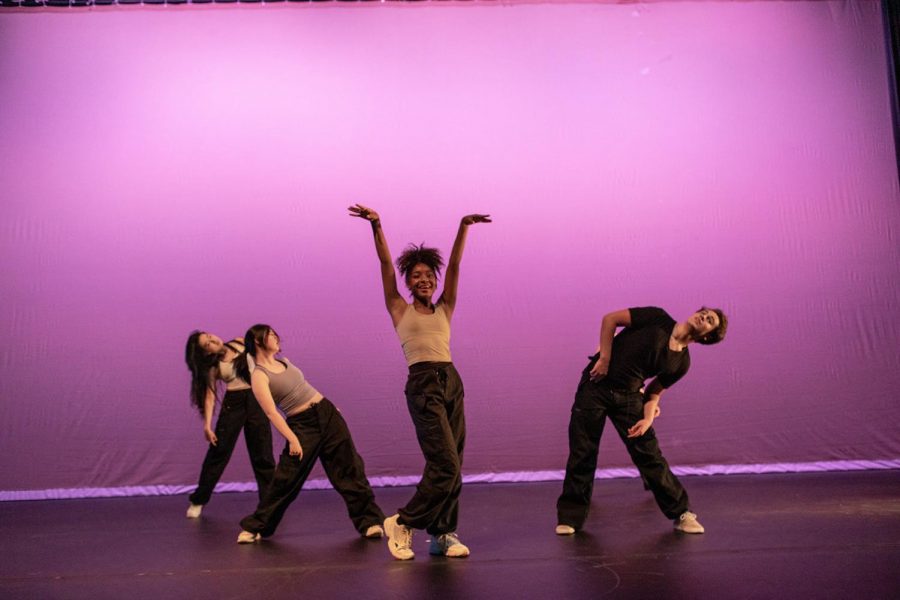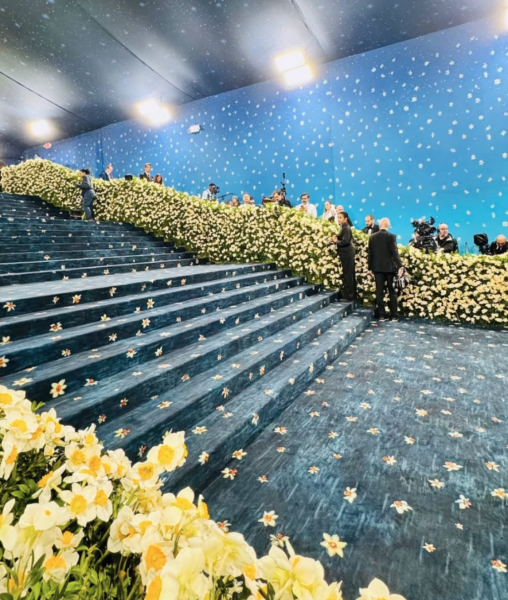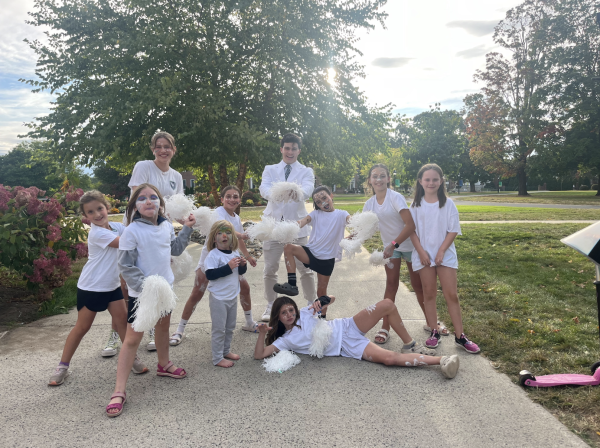Varsity Artistic Athletes: Dancers Seek Athletic Recognition
The Williston dance ensemble is working to have dance recognized as both a sport as well as an art.
The dance afternoon program at Williston is classified under “arts.” However, those in the dance program have, for years, identified as athletes. Dancers even created the team chant, “VAA”: Varsity Artistic Athletes.
Dancers train for one to three hours on average per day, depending on the amount of pieces they are in. There are 10 to 15 student, director, and guest artist choreography pieces in a typical dance concert.
Williston dancers believe that they deserve the same level of recognition athletes receive. In a boarding school like Williston, there is often a distinct social split between student artists and athletes.
Alexis Caines, a junior from Shutesbury, Mass., has been on the dance team since seventh grade. She believes dance should be both an art and a sport at Williston. Alexis said her perception of dance started to shift when she entered high school, because of the different amount of recognition dancers and athletes receive.
“In middle school, people were not really committed to sports,” Alexis said. “But when we got to high school, and [when] we were more surrounded by people who are recruited to certain sports, it just becomes all the more clear that how [athletes] are talked about, how they are recognized at assemblies, and how they are recognized just through the day-to-day life in a way that dance went unrecognized.”
She said that although the big performances are rewarding, dance is not often discussed when there isn’t a show.
“It feels really good during tech week or when we have a show,” Alexis said. “Most of the time we are sold out. But during the rest of the year, people almost forget that we are there.”
Alexis pointed out that another reason she notices the lack of recognition is the funding the dance program receives.
“There’s certain privileges that we are not really given the same way that athletes are given during the normal year,” she said.
This problem especially demonstrates itself in costumes and other necessary facilities.
“A lot of the athletic teams get new uniforms and jerseys every year or every two years,” Alexis said, “but we’ve been reusing the same dance costumes since 2000.”
Alexis also spoke to the idea that dancers, like more traditional athletes, are often stereotyped. She thinks the issue, again, stems from the lack of discussion of dance on campus.
“A lot of people don’t really take the time to understand what kind of dancing we are doing,” she said, “I have a lot of people when I say ‘I dance,’ they say ‘oh, you are a ballerina,’ and I’m like ‘we actually do close to no ballet during the year.’”
Although she appreciates the community’s response to the dance shows, Alexis thinks people often do not recognize the intense physical effort dance requires.
“A lot of people think, ‘oh it must be so nice, you are just dancing,’ but … I think that people just don’t understand the rigor it takes to be a dancer.”
Head Athletic Trainer Ansel Garvey has always believed that on top of being artists, dancers are also athletes. “I didn’t realize it wasn’t a sport,” he said. “Dancers see me all the time.”
Garvey believes the lack of recognition dancers receive stems from the infrequency of dance performances.
“There are not as many dance events as athletic competitions,” he said. “There are [also] a lot more opportunities for people to talk about athletics, like games and athletic events. There is only one dance performance per trimester.”
This year, Williston has a new dance director, Noel St. Jean. The issue was first brought to her attention when students started to talk about VAA during team bonding.
“It was really the creation of the VAA poster,” she said. “I saw the students’ desire to consider themselves both artists and athletes, so I started to think about what we can do to provide opportunities.”
St. Jean agreed with the dancers.
“The dance concert itself is rigorous,” she said. “Also, just because of the nature of art today, dance is really complex. There are many athletically powerful movements, and the dancers would definitely benefit from the cross training to achieve their goals.”
St. Jean said some misconceptions about the physical intensity of dance could stem from the absence of a traditional score, or a winner and loser.
“There are no quantitative measurements in dance,” she said. “There are no wins and losses, no score. It’s all about how you use your body to make people feel and think, but dancers have to utilize their athletic performance to bring these ideas toward.”
At the end of her first term teaching dance at Williston, St. Jean made a plan for the following trimester, adding weight lifting into the program to meet the dancers’ athletic needs.
“I have asked Coach Lapan, and we tried to fit in the weight training into the schedule although the lifting room is jam packed,” she said. Blayne Lapan is the Strength and Conditioning coach.
St. Jean believes in offering dancers the athletic opportunities and constructive training they wish to have.
“There are lots of ways to offer the program in a better way,” she said. “There could be more guidance in the choreography process for students, or more guidance in athletic performances. We will find different focuses in different trimesters.”
St. Jean believes that sports and arts are “both really worthy goals,” and sees dance as the connection between the two realms.
“Sports and arts are not two sides of a fence, but two parts of one world,” she said, “and dance smashes right in the middle.”













